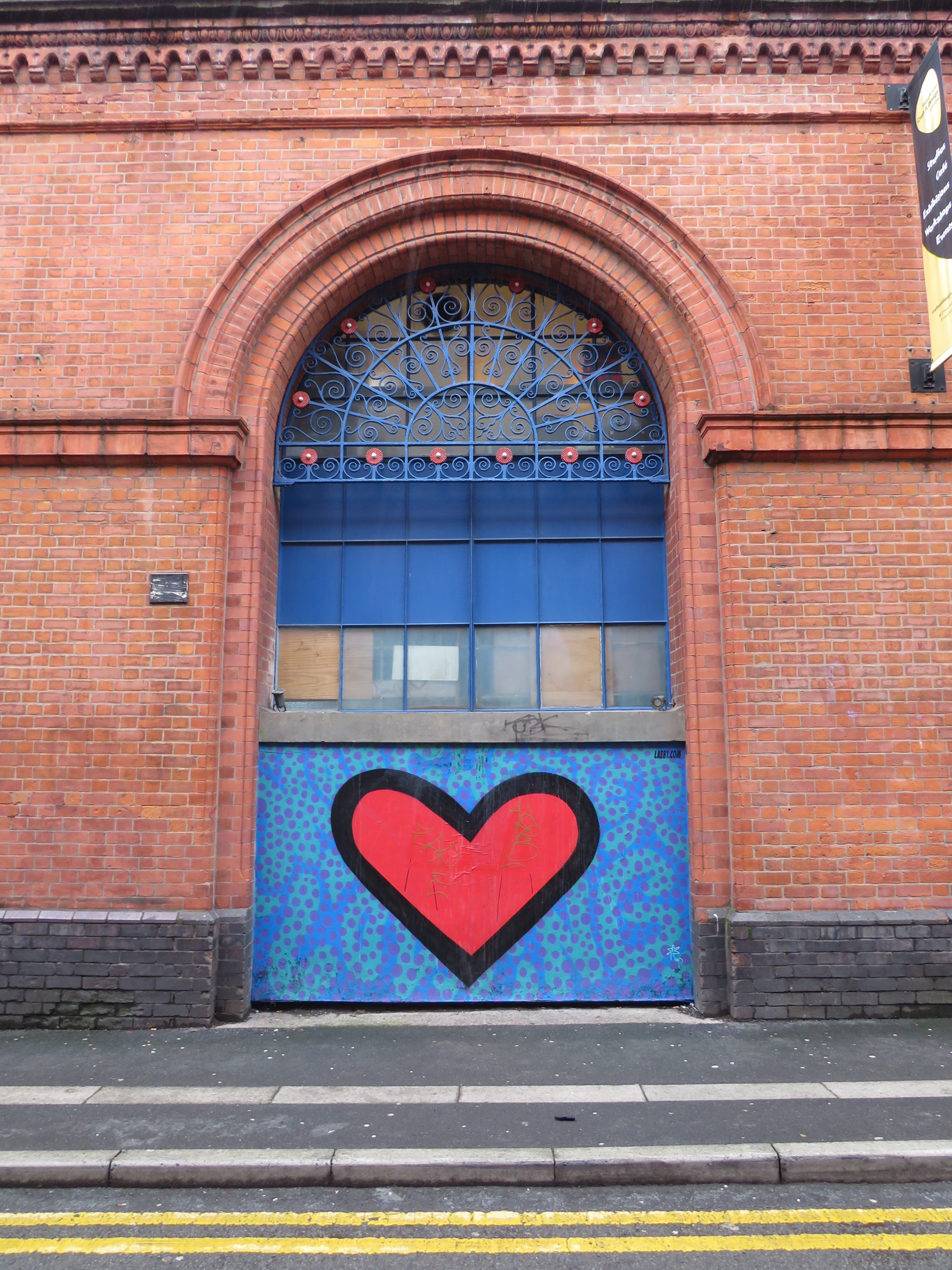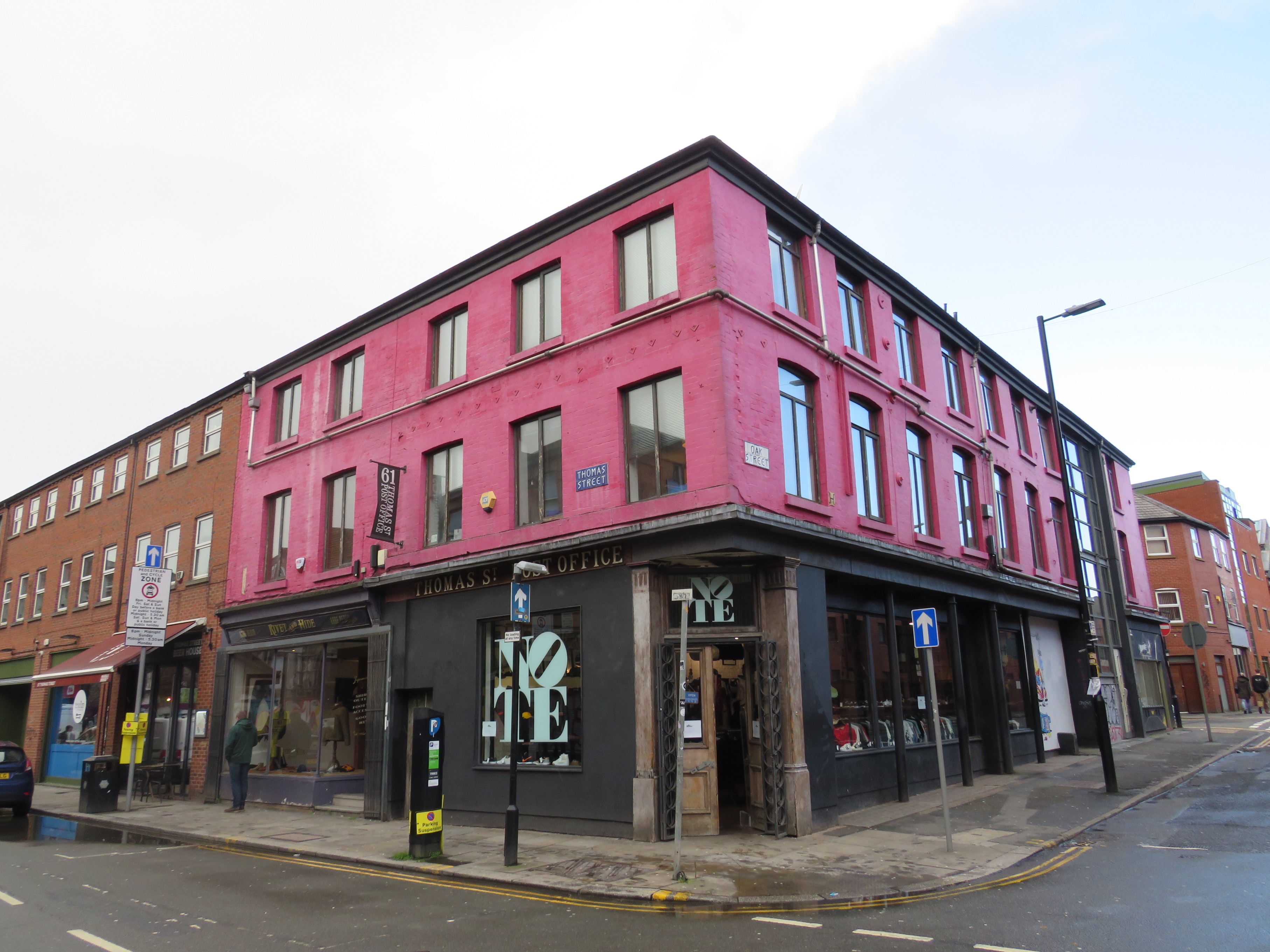23/08/2020
How many of us are explorers of our own neighbourhoods? How often do we walk down our own streets with the same intrigue that we possess when we are elsewhere? It isn’t a common practice to wander through our own cities with the same inquisitiveness that we adopt on our getaways and city-breaks. Many of us spend hours poring over travel blogs, visitor guides and Lonely Planet forums, wanting the best and most authentic experience of the place we’re passing through.
82% of us admit to exploring less than half of our home city. There are many explanations for this. One may be the feeling of temporariness that we experience when abroad; that we are limited to a certain number of days and hours to soak up as much as we can before we inevitably return home. Another reason is that we simply take our hometowns for granted. They are simply there, constant, without travel, expense and the need to exchange currency or weigh our suitcase seven times.
But the fact that our cities attract a global host of visitors speaks for itself in justifying their worthiness of exploring. And with layer on layer of history, the meeting of cultures and the fusion of the traditional and contemporary, our cities are goldmines for new knowledge and experiences.
We spent an afternoon getting lost Manchester’s Ancoats and Northern Quarter and rediscovered a love for our city (and learned some cool things along the way). Here are our top picks of stories, places and points of interest that make our local city different from anywhere else in the world.

The Original Cottonopolis
If you say the word ‘Cottonopolis’ in the Northern Quarter, chances are people think you’re talking about that (really great) Asian fusion restaurant on Newton Street. While you’d be making a top recommendation, it has a more significant meaning than Bao buns and espresso martinis.
Manchester was once the powerhouse of the Industrial Revolution and Ancoats was considered the world’s first ‘industrial suburb’, being the first residential district in history built solely for the working class. And while Ancoats has more recently been named among the world’s ‘coolest neighbourhoods’ (beating the likes of New York and San Francisco we’ll have you know), it was once a place of extreme poverty, adverse living conditions and perhaps the worst sanitation in the whole of the UK.
Poorly build back to back housing, neglected waste disposal and extreme overcrowding led to death and disease. A far cry from the hipster haven and coffee shop kingdom that we know now.
Anita Street, which is now a row of pristine and extremely sought after housing, was once situated within the filthy slums of the industrial suburb. These houses became the first built as part of a public housing development that had their own toilet and sink (as opposed to the shared cesspits that had been the standard). They were so proud of this in fact, that they named it ‘Sanitary Street’. Residents later dropped the bookends of the word to give the street a more homely connotation.
‘Regeneration’ is a phrase that the more seasoned Mancunians will associate with Ancoats. But with its plethora of emerging bars, cafés and restaurants, independent success stories and small business start-ups, it’s difficult for contemporaries of the neighbourhood to imagine a time when ‘regeneration’ was the required term.
The Woven City
The city’s rich industrial history is deeply embedded within its identity. Ever wondered why the Northern Quarter’s beautifully distinctive tiled street signs appear both in blue and white depending which street you’re on? The blue tiles with white writing correspond to the streets situated east to west, while the white signs with blue writing correspond to the streets which are north to south. This was a commissioned artwork by Tim Rushton (yes, even our street signs are works of art) which beautifully embodies the interweaving of streets that make up the fabric of the ‘Cottonopolis’. Pretty cool, right?

The Ancoats Peeps
Inspired by the ancient practice of walling up objects inside buildings as good luck charms, The Ancoats Peeps are an artwork commissioned by Dan Dubowitz for an Ancoats regeneration project that offer ‘a fleeting glimpse at walled up space’ that provide an insight into Ancoats’ industrial past. From a disused toilet to a sewing room, The ‘Peeps’ are capsules containing moments of Ancoats’ industry stood still.
Placed unassumingly in alleyways and hidden in plain sight on the side of buildings, they can be hard to spot (but looking for them can become addictive). Having been commissioned almost a decade ago, many of the Peeps that we managed to discover were blacked out. However, we found that looking for them provided a brilliant walking tour of Ancoats’ industrial district (and we got way too excited when we found one). Can you find any still-functioning Peeps?
Street Art
A day of local tourism in Manchester would be incomplete without going on the hunt for some of its famous street art; not that you would have to look far to find some. On nearly every street you can find some amazing artworks, from the enormous and thought provoking pieces designed for the City of Hope Festival which respond to profound social issues, to smaller and anonymous works.
It would be pointless to simply make a list of the ever changing and emerging works (just as soon as something appears it can be replaced by something new), so the best way is to head out and discover them for yourself.
Manchester’s Northern Quarter is renowned for its incredible street art scene. An outdoor, open air gallery of immersive pieces and hidden gems. Why not spend an afternoon getting lost in the NQ on the hunt for street art? And while we love Manchester’s graffiti scene, our favourite has to be local artist, Mark Kennedy’s mosaic masterpieces which are dotted throughout the Northern Quarter and Ancoats (both indoors and outside).
Check out his famous work on the side of Affleck’s Palace, seek out the Guardian of Ancoats on Blossom Street and see how many you can spot. We even caught him transporting one of his works (which he said was really f*cking heavy) through a side street just of Ancoats’ main square.

Licker’s Alley (as an ice cream enthusiast, this is one of my favourites)
Around the time of the Second World War, Ancoats and the Northern Quarter saw a large Italian community. Just off Tib Street, vendors would sell ice cream from mobile stands. Customers would lick the ice cream from pieces of glass which were then ‘cleaned’ on a contraption attached to the trolley.
Rumour had it that customers might just get a helping of typhoid with their ninety-nine which surely can’t have been great PR for them. One community story states that the biscuit cone we know and love was actually invented in Ancoats by Antonio Valvona. A perfect excuse to raise a cone on the streets of Ancoats to our guy Antonio and thank him for the best accompaniment to ice cream (rivalled only by a breakup or a really bad day).
As well as ice cream and typhoid, Tib Street was also famous for being a paradise of pet shops back in the day. This is commemorated by the installation of dozens of metal birds around the street. You might want to double take that pigeon.
Band on the Wall
I had never really given much thought to how this iconic music venue (which has been in action for more than a century) had got its name. The owner at the time had decided that he wanted live music in what was then the George and Dragon pub in the early 20th century but didn’t want to compromise on the footfall.
He then decided to literally suspend a stage from the wall to accommodate a band (...and to think this was before the days of Instagram life hacks) This nickname eventually became the namesake of the venue and bands continue to perform, though in less hair-raising conditions.
While we may have only scratched the surface of the history and culture of our neighbourhood, we have awoken a new love for exploring and reinforced how proud we are to call this city ours. Next time you’re at a loss for what to do on your Sunday afternoon, why not rediscover a place that you thought you knew?
Words & Photos: Kristiane Sulek